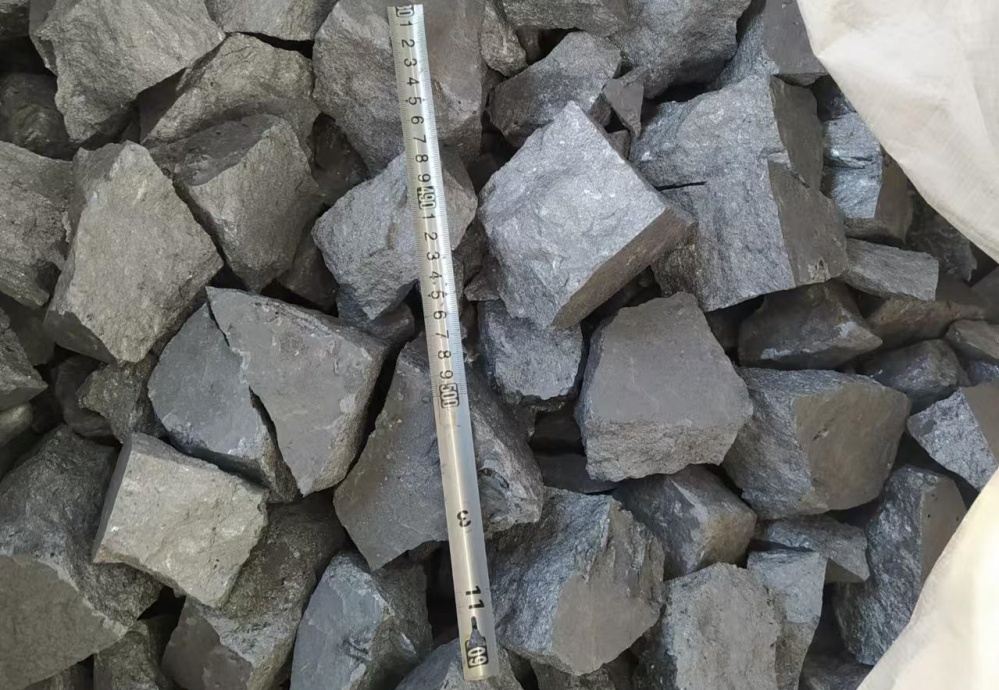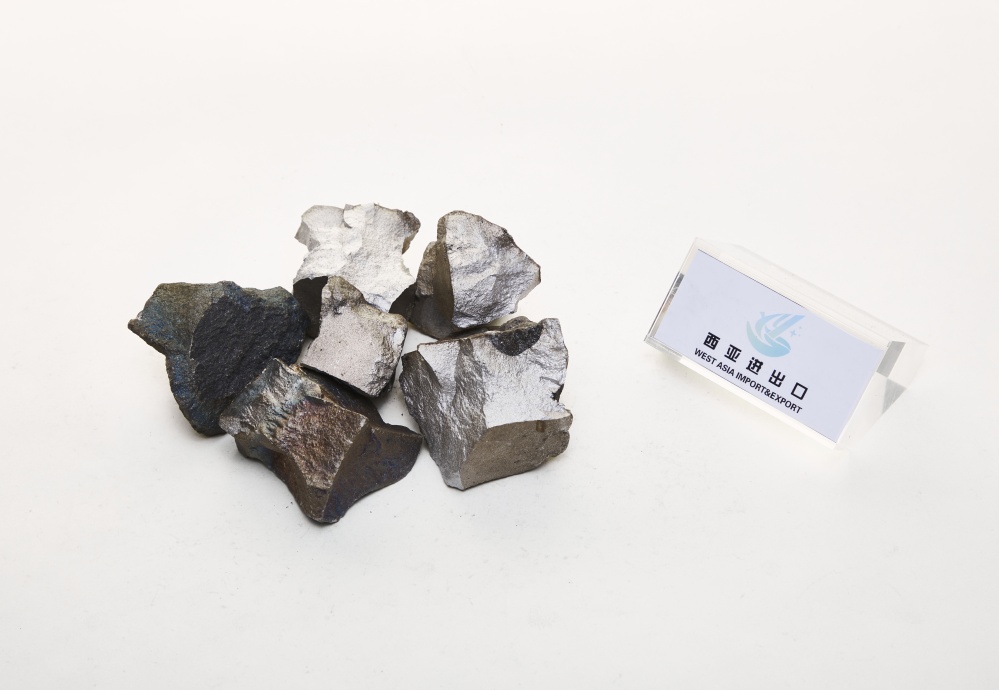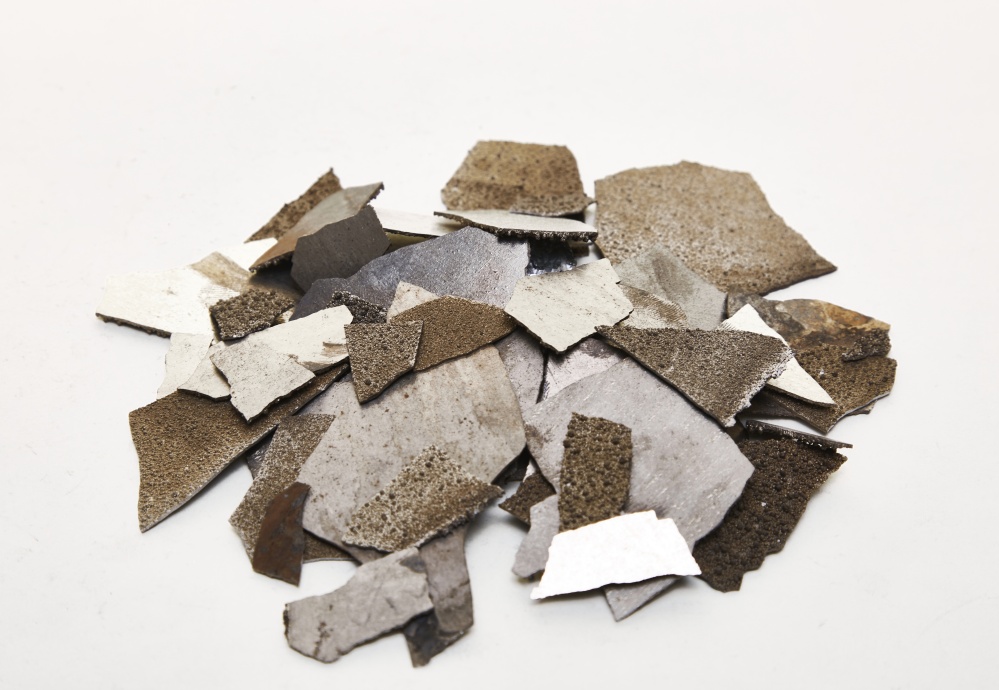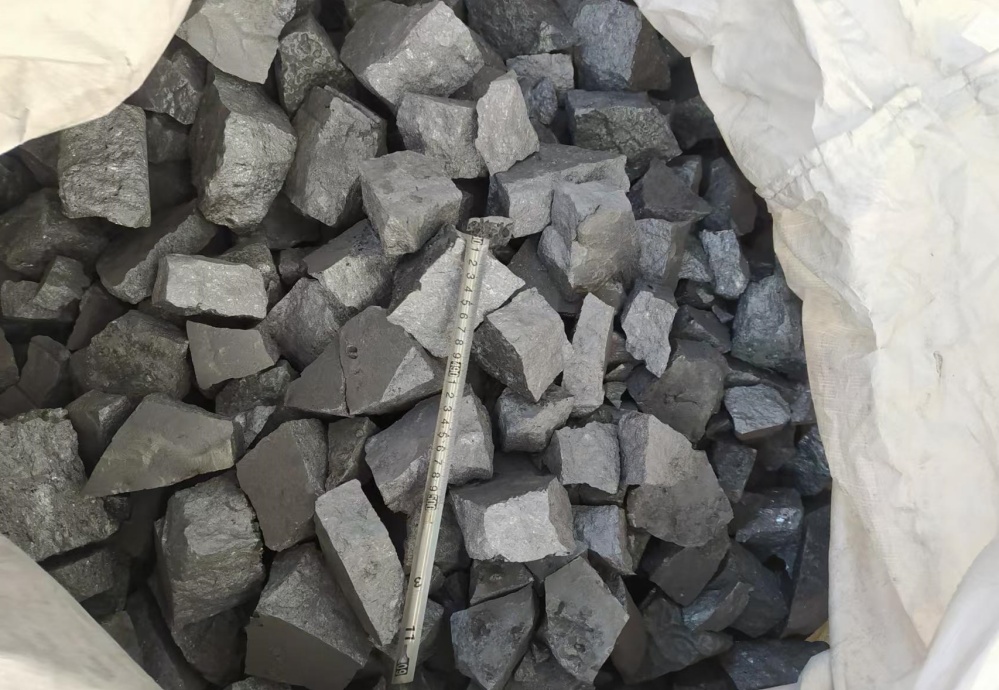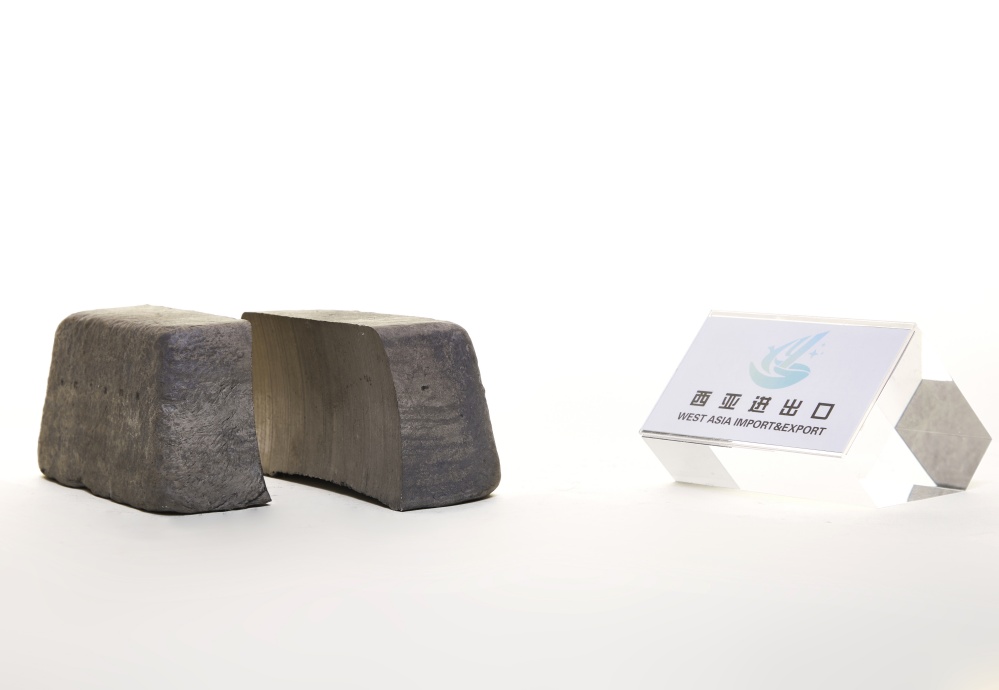Year-end forecast of ferrosilicon trend
On the demand side, the steel end has a certain toughness in the demand for ferrosilicon, but the metal magnesium and export demand are sluggish. Data from the National Bureau of Statistics show that in September 2023, China's daily crude steel production was 2.737 million tons, down 1.8% from the previous month; The average daily production of pig iron was 2.3847 million tons, down 0.9% from the previous month. The average daily output of steel was 3,927,300 tons, an increase of 4.5% from the previous month. In September, China's crude steel production was 82.11 million tons, down 5.6% year on year; Pig iron production was 71.54 million tons, down 3.3% year-on-year; Steel production was 11.782 million tons, up 5.5% year on year. From January to September, China's crude steel output was 795.07 million tons, up 1.7% year on year; Pig iron production was 675.16 million tons, up 2.8% year-on-year; Steel production was 1028.87 million tons, up 6.1% year on year. From the demand side, on the one hand, the low inventory strategy of steel mills to suppress demand, but the third quarter of steel mills slightly replenishment, in October, the iconic steel mill recruitment also indicates that the demand for ferrosilicon is stable; On the other hand, magnesium demand and export demand are at a low level, which brings greater downward pressure on the price of ferrosilicon.
There is a small surplus of ferrosilicon supply, but the main contradiction in the price trend of ferrosilicon is still energy and coal prices. From the perspective of thermal coal supply and demand, coal demand in December gradually shifted from the off-season to the peak season, and there are still some uncertainties in the market. If the policy side is dominated by the supply guarantee, the thermal coal price is expected to transition smoothly; If the safety inspection is dominated, the thermal coal price is still likely to rise in the winter, driving the price of ferrosilicon to strengthen. In addition, in addition to affecting the price of thermal coal, the policy side may also affect the production of ferrosilicon, but from the current completion of energy consumption intensity in various provinces, the possibility of limiting the production of ferrosilicon at the policy end is unlikely.

